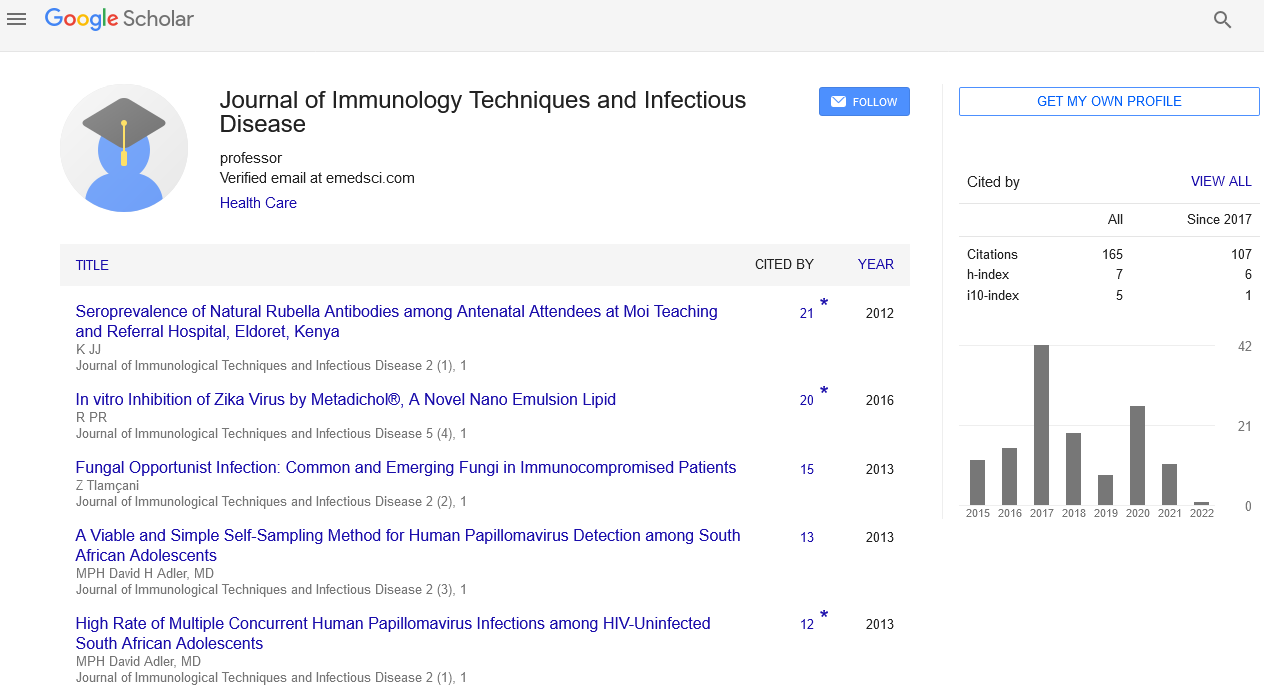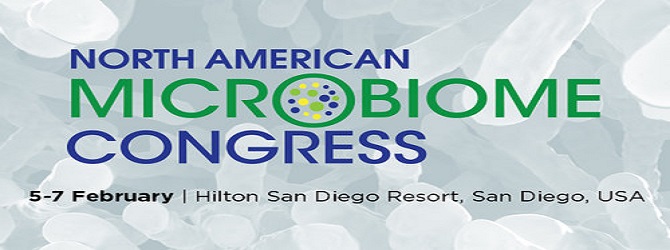Opinion Article, J Immunol Tech Infect Dis Vol: 13 Issue: 3
Pathogenic Microorganisms and the Global Health Challenge: Mechanisms and Interventions
John Peruzzi*
1Department of Infectious Disease, Heidelberg University, Heidelberg, Germany
*Corresponding Author: John Peruzzi,
Department of Infectious Disease,
Heidelberg University, Heidelberg, Germany
E-mail: peruzzi_john@edu.de
Received date: 26 August, 2024, Manuscript No. JIDIT-24-151949;
Editor assigned date: 28 August, 2024, PreQC No. JIDIT-24-151949 (PQ);
Reviewed date: 11 September, 2024, QC No. JIDIT-24-151949;
Revised date: 18 September, 2024, Manuscript No. JIDIT-24-151949 (R);
Published date: 25 September, 2024, DOI: 10.4172/2329-9541.1000390
Citation: Peruzzi J (2024) Pathogenic Microorganisms and the Global Health Challenge: Mechanisms and Interventions. J Immunol Tech Infect Dis 13:3.
Description
Pathogenic microorganisms are organisms capable of causing disease in their hosts, typically humans, animals or plants. These microorganisms include bacteria, viruses, fungi and parasites. They play an important role in the study of infectious diseases, as understanding their mechanisms and pathways is essential for developing treatments and prevention strategies. While not all microorganisms are harmful, pathogenic ones inhibit regular biological functions and frequently provide significant challenges to global health.
Classification of pathogenic microorganisms
Pathogens are microorganisms that can invade a host, evade the immune response and replicate, ultimately leading to disease. Pathogens include several types of microorganisms.
Bacteria: These are single-celled organisms that can inhibit a wide range of limitations. Many bacteria are harmless and even beneficial, but some are pathogenic and cause diseases such as tuberculosis, pneumonia and foodborne illnesses.
Viruses: These are smaller than bacteria and required a host cell for development. Viral pathogens are responsible for diseases such as influenza, HIV/AIDS and COVID-19.
Fungi: While most fungi are harmless, some pathogenic fungi can cause infections in humans, especially in immuno-compromised individuals. Fungal infections range from mild (athlete’s foot) to severe (cryptococcal meningitis).
Parasites: These organisms live on or in a host organism and derive their nutrients at the host's expense. Parasitic pathogens cause diseases including malaria, giardiasis and toxoplasmosis. While these pathogens vary in structure and life cycle, they share the ability to cause disease by disrupting normal cellular functions, damaging tissues and evading the immune system.
Mechanisms of pathogenicity
Pathogens cause disease through several mechanisms that allow them to invade, survive and replicate within their hosts. Important mechanisms of pathogenicity include.
Adhesion: Many pathogens have specialized structures, such as pili or surface proteins, which allow them to attach to host cells. For example, bacteria like Escherichia coli use fimbriae to attach to the lining of the urinary tract, leading to infections.
Invasion: Pathogens can enter and spread within host tissues. Some bacteria produce enzymes that break down tissue barriers, enabling them to penetrate deeper into the body.
Evasion of the immune system: Pathogens have developed numerous techniques to avoid detection and destruction by the host’s immune system. For example, Mycobacterium tuberculosis can survive within macrophages, which are immune cells that typically destroy bacteria.
Toxin production: Many bacterial pathogens produce toxins that damage host tissues or interfere with normal cellular functions. These toxins can be exotoxins (secreted by the bacterium) or endotoxins (components of the bacterial cell wall released upon cell death).
Combating pathogenic microorganisms
Efforts to control pathogenic microorganisms focus on prevention, treatment and investigating to develop new therapies. Significant strategies include.
Vaccination: Vaccines are one of the most effective tools in preventing infections by pathogenic microorganisms. They work by stimulating the immune system to recognize and attack specific pathogens. Vaccines have successfully reduced or eradicated diseases such as smallpox, polio and measles.
Hygiene and sanitation: Proper sanitation, hand-washing and food safety practices are essential in preventing the spread of infectious diseases. Clean water and sanitation facilities can significantly reduce infections, particularly in low-resource settings.
Vector control: For parasitic diseases including malaria, controlling the vectors (such as mosquitoes) that spread the disease is vital. This includes the use of insecticide-treated bed nets and environmental modifications to reduce breeding sites.
Public health surveillance and education: Monitoring disease outbreaks and educating the public on prevention methods are essential for controlling the spread of infectious diseases. Public health initiatives help communities understand the importance of vaccination,
 Spanish
Spanish  Chinese
Chinese  Russian
Russian  German
German  French
French  Japanese
Japanese  Portuguese
Portuguese  Hindi
Hindi 
